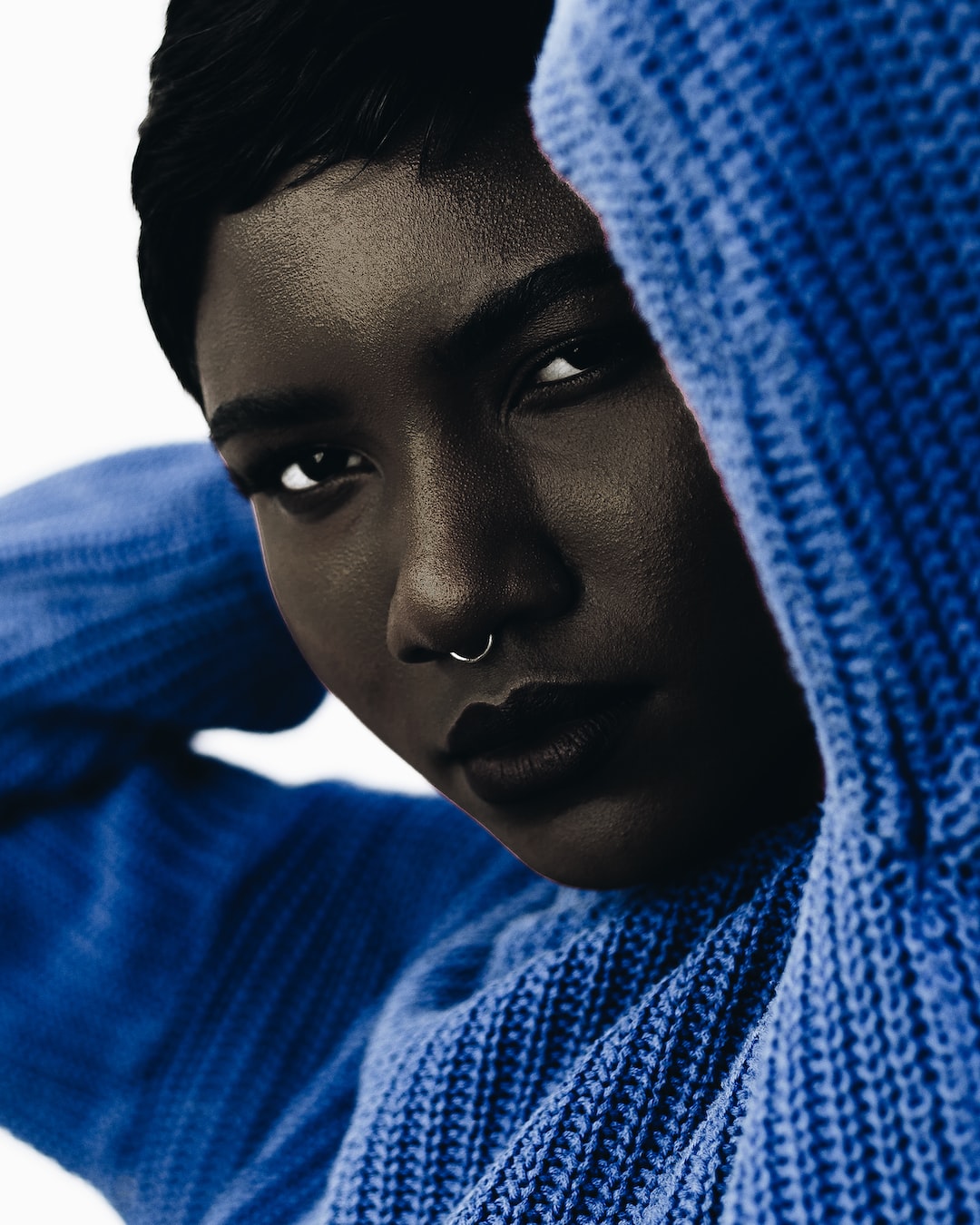Streetwear, once considered a subversive and underground fashion movement, has steadily become an influential force in the world of high fashion. With its roots in urban culture and youth fashion, streetwear has evolved into a mainstream phenomenon that permeates the runways of luxury brands and sets trends worldwide.
One of the most significant ways streetwear has influenced high fashion is through the concept of “athleisure.” Athleisure refers to the blending of sportswear and casual wear, combining the comfort and functionality of athletic clothing with the style and versatility of everyday fashion. This trend, popularized by brands like Nike and Adidas, has now become a staple in the collections of high-end designers.
The rise of streetwear has also challenged traditional notions of luxury and exclusivity in fashion. For decades, high fashion was synonymous with haute couture and designer labels that only the elite could afford. Streetwear, on the other hand, was accessible and democratic, driven by the desire for self-expression rather than social status. This shift in perspective has prompted luxury brands to collaborate with streetwear labels and incorporate their aesthetics into their collections, making designer fashion more accessible to a broader audience.
In recent years, streetwear-inspired elements such as oversized silhouettes, graphic prints, and logo mania have become prominent features in high fashion. Designers like Virgil Abloh of Off-White and Demna Gvasalia of Balenciaga have successfully blurred the lines between streetwear and high fashion, creating a new hybrid category that merges the best of both worlds.
Social media has played a significant role in the rise of streetwear and its subsequent influence on high fashion. Platforms like Instagram, where street style is frequently documented and shared, have propelled streetwear brands and their aesthetics to global fame. The power of influencers and street style stars in shaping trends cannot be underestimated, as they have become the new arbiters of style and taste.
Moreover, streetwear’s association with subcultures and counterculture has given it an edge that traditional high fashion often lacked. Streetwear has been deeply intertwined with music, skateboarding, and urban culture, making it authentic and relatable to a generation of youth who value individuality and self-expression. This authenticity resonates with consumers, creating a demand for streetwear in the high fashion market.
In conclusion, streetwear’s influence on high fashion is undeniable. Its fusion of sportswear, casual wear, and urban aesthetics has permeated the runways of luxury brands, challenging traditional notions of luxury and exclusivity. With its accessibility and association with subcultures, streetwear has redefined what it means to be fashionable in today’s society. Whether it’s through the concept of athleisure, collaborations with streetwear labels, or the incorporation of streetwear-inspired elements in high fashion collections, the influence of streetwear is here to stay.


